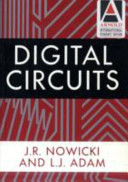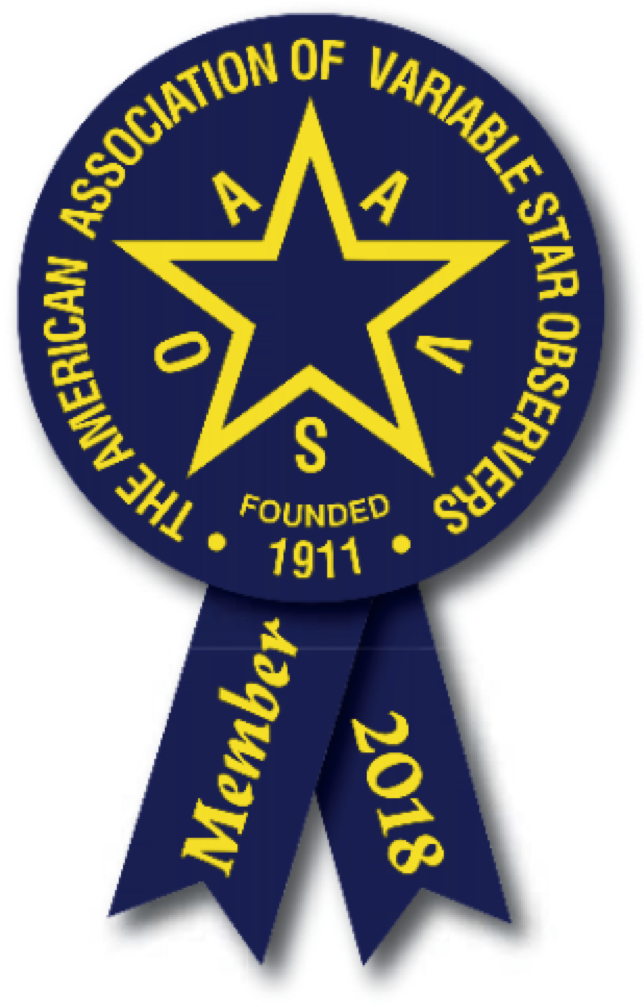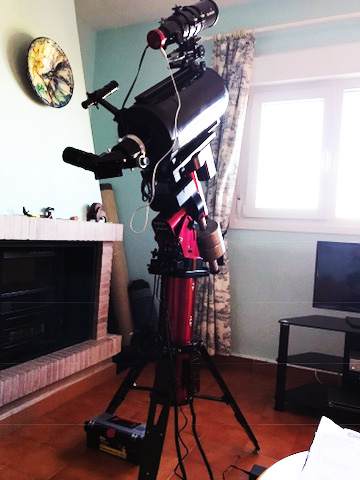Comet Hill near the North Celestial Pole in 2011
 Thursday, November 6, 2014 at 6:39AM
Thursday, November 6, 2014 at 6:39AM Comet 2010 G2(Hill) was visible l0n 1st May 2011 although it was quite faint. It was predicted at magnitude 13.9. The first image taken is below. In this image the comet is in front of a star which is given a magnitude of 15.43 in the USNO Catalogue. It is difficult to distinguish from the star itself in this 30 second image using the C14.
The comet is much easier to spot in the second image, taken 50 minutes later.
 [Your Name Here] | Comments Off |
[Your Name Here] | Comments Off | 







